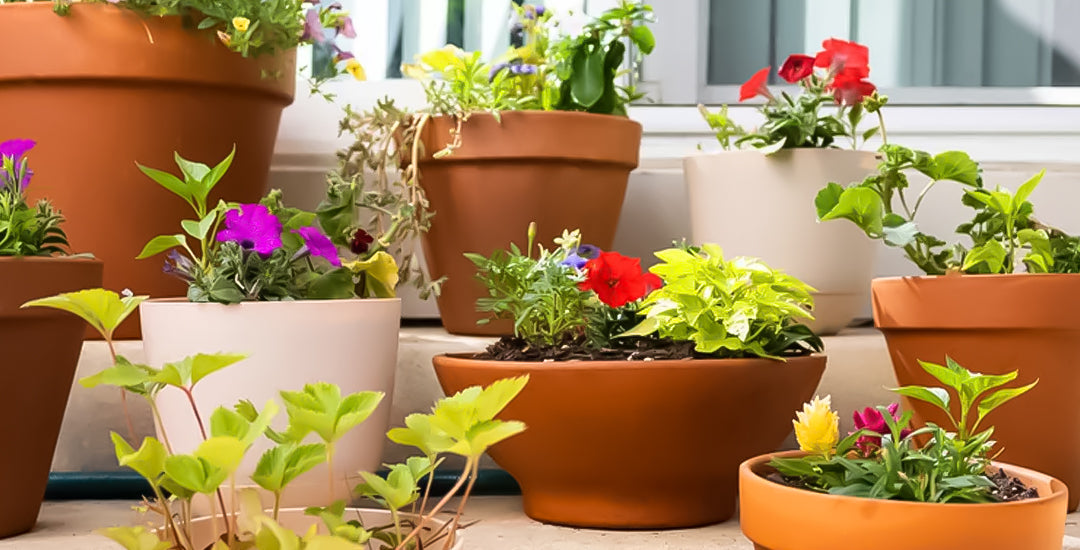
Mar 23 , 2023
Beginners Guide to Container Gardening
Container gardening is a popular method of gardening that allows individuals with limited space, such as apartment dwellers or those without access to a traditional garden, to grow plants in containers. It is also a great option for beginners who are just starting out with gardening. In this blog, we will provide a beginner's guide to container gardening, including tips on selecting containers, choosing plants, and maintaining your container garden.
Selecting Containers
When selecting containers for your container garden, there are a few things to consider. First, you want to choose a container that is large enough to accommodate the plant's root system. Generally, a container that is at least 6 inches deep and 8-10 inches wide will work for most plants. However, larger plants, such as tomatoes or peppers, may require larger containers.
Second, you want to choose a container that has drainage holes to prevent water from accumulating and causing root rot. If your container does not have drainage holes, you can drill them yourself.
Finally, you want to consider the material of the container. Clay or terracotta containers are porous and allow air to circulate around the roots, but they can dry out quickly. Plastic containers are lightweight and hold moisture well, but they may not be as aesthetically pleasing as other options.
Choosing Plants
When choosing plants for your container garden, you want to consider the amount of sunlight your container garden receives. Most vegetables, herbs, and flowers require at least 6 hours of direct sunlight per day. However, there are some plants, such as lettuce or spinach, that can tolerate partial shade.
You also want to consider the size of your container when selecting plants. Plants such as tomatoes, peppers, and cucumbers require larger containers, while herbs and lettuce can grow in smaller containers.
Maintaining Your Container Garden
Maintaining your container garden involves regular watering and fertilizing. Container gardens dry out more quickly than traditional gardens, so it is important to check the soil moisture level regularly. Water your container garden when the soil feels dry to the touch.
In terms of fertilizing, you can use a slow-release fertilizer when planting your container garden, or you can fertilize every 2-3 weeks with a water-soluble fertilizer.
You also want to monitor your plants for pests and diseases. Common pests in container gardens include aphids, spider mites, and whiteflies. You can control pests by using organic methods, such as insecticidal soap or neem oil.
Conclusion
Container gardening is a great option for beginners or those with limited space. By selecting the right containers, choosing appropriate plants, and maintaining your container garden, you can grow a variety of vegetables, herbs, and flowers in a small space. Container gardening also allows you to move your plants around as needed and experiment with different plant combinations. So why not give container gardening a try and enjoy the benefits of fresh produce and beautiful flowers right outside your door?
